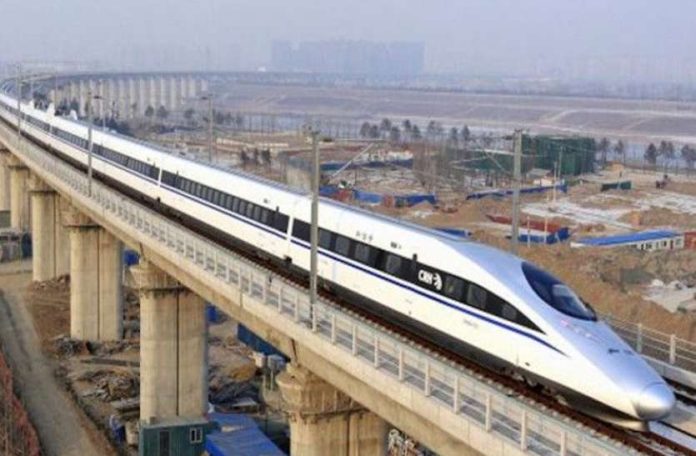Snapshot
The Bhilai Steel Plant of SAIL in the Durg district of Chhattisgarh supplied over 80,000 tonnes of steel for the Mumbai – Ahmedabad High-Speed Rail corridor project.
The state-run Steel Authority of India (SAIL) has supplied over 80,000 tonnes of steel for the Mumbai – Ahmedabad High-Speed Rail (MAHSR) corridor project.
The Bhilai Steel Plant (BSP) of SAIL in the Durg district of Chhattisgarh supplied over 65,000 tonnes of TMT bars in 500 D grade. Similarly, the plant’s Merchant Mill and the modern bar and Rod Mill provided more than 15,000 tonnes of TMT bars in the first quarter of this fiscal year.
These TMT Bars from BSP are being used in constructing piers and girders for the MAHSR project, reports Business Standard.
MAHSR is India’s only sanctioned high-speed rail project. The ambitious high-speed railway network between two of the most developed cities in western India will pass for 508 km through Mumbai, Thane, and Palghar in Maharashtra and Valsad, Navsari, Surat, Bharuch, Vadodara, Anand, Kheda and Ahmedabad in Gujarat.
It covers 155.76 km in Maharashtra, 4.3 km in the Union Territory of Dadra & Nagar Haveli and 348.04 km in Gujarat, with 12 stations en route.
Upon completion, the High-Speed Rail will operate at 320 Kmph, covering the entire distance in approximately 2 hours with limited stops and 3 hours with all stops.
The union government proposed eight high-speed rail (HSR) corridors. They are Mumbai – Surat – Vadodara – Ahmedabad, Delhi – Noida – Agra – Kanpur – Lucknow – Varanasi, Delhi – Jaipur – Udaipur – Ahmedabad, Mumbai – Nasik – Nagpur, Mumbai – Pune – Hyderabad, Chennai – Bangalore – Mysore, Delhi – Chandigarh – Ludhiana – Jalandhar – Amritsar, Varanasi – Patna – Howrah.
In addition, Indian Railways plans to add four more high-speed rail corridors to the National Rail Plan, increasing the proposed HSR corridors to 12.
They are 618 km long Hyderabad – Bangalore, 855 km long Nagpur – Varanasi, 850 km long Patna – Guwahati and 190 km long Amritsar – Pathankot – Jammu high-speed rail corridors.
If implemented, these HSR corridors may generate unprecedented demand for steel, further boosting the sector’s demand and the economy’s growth.


